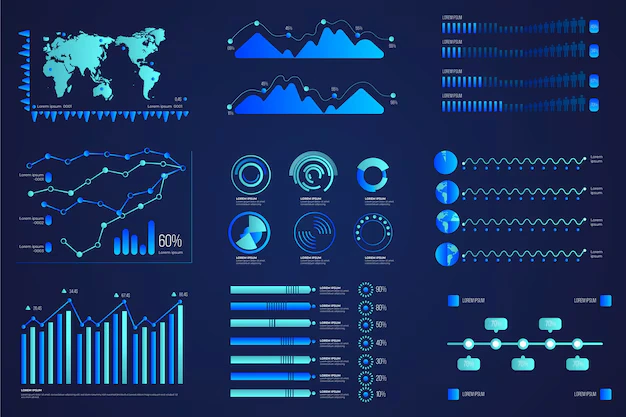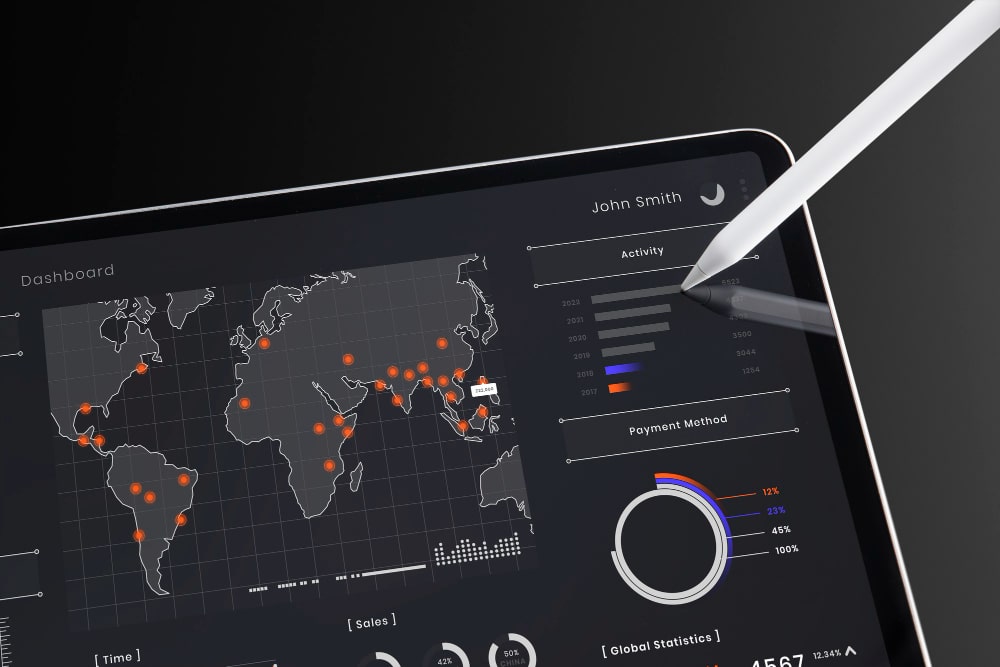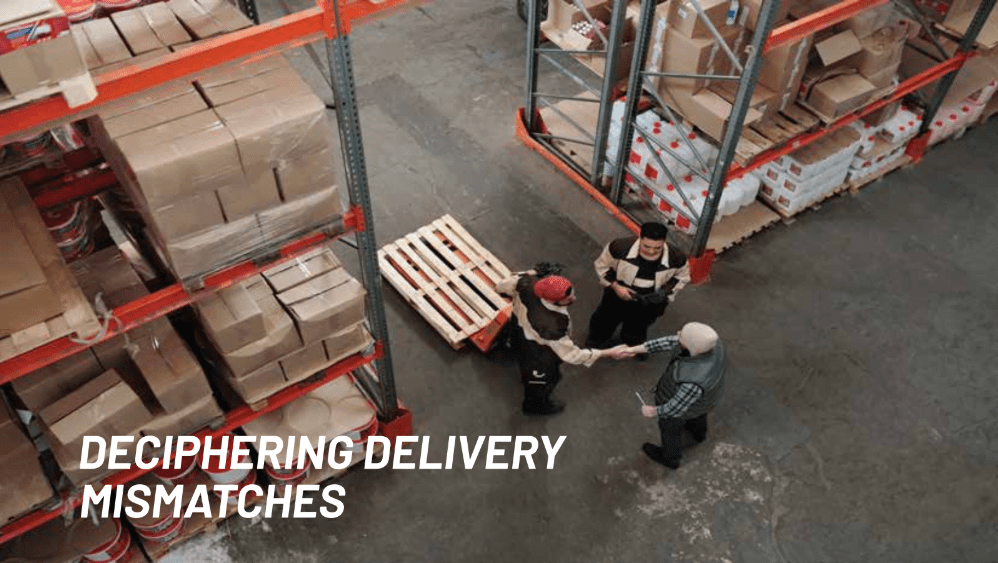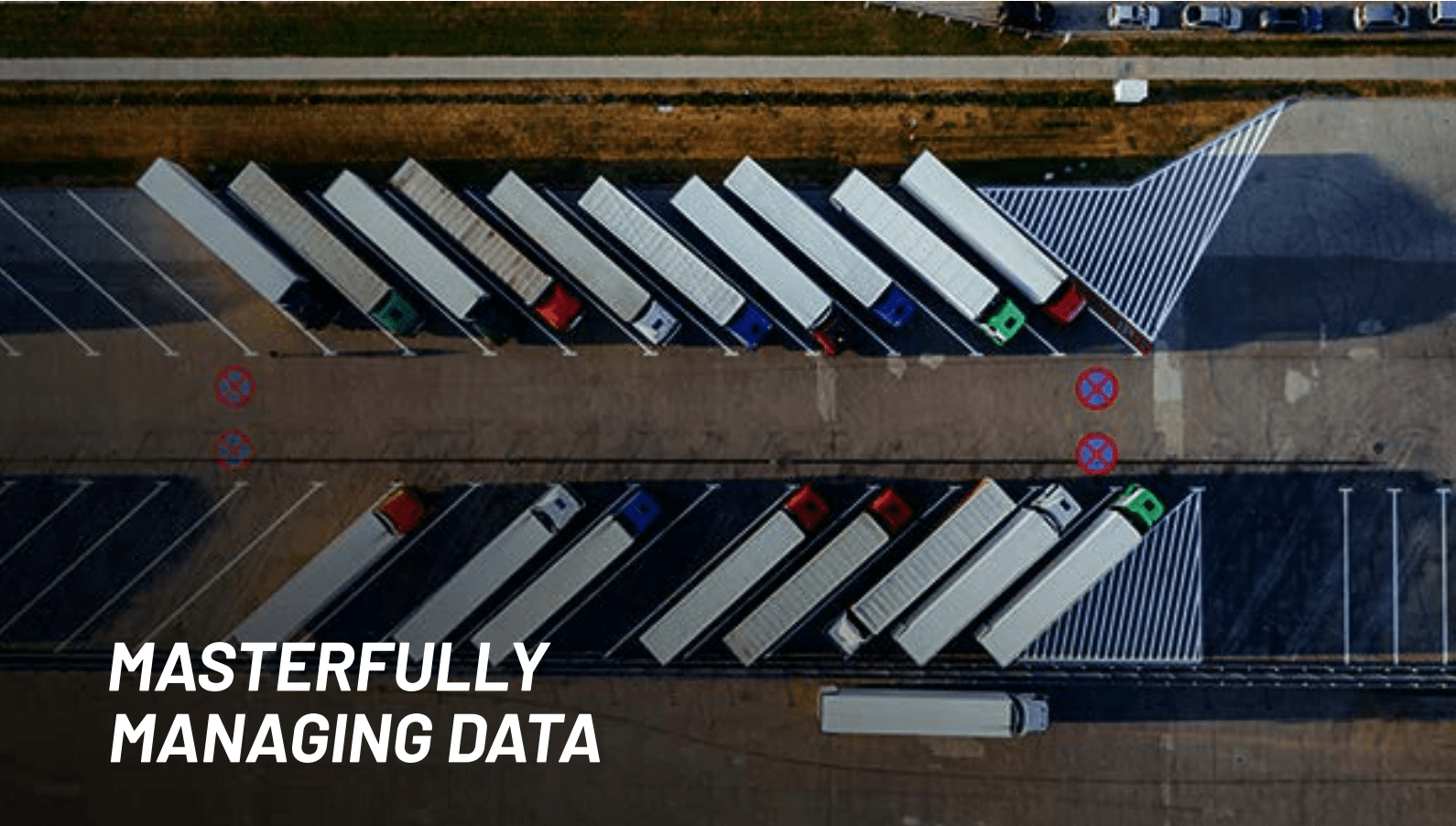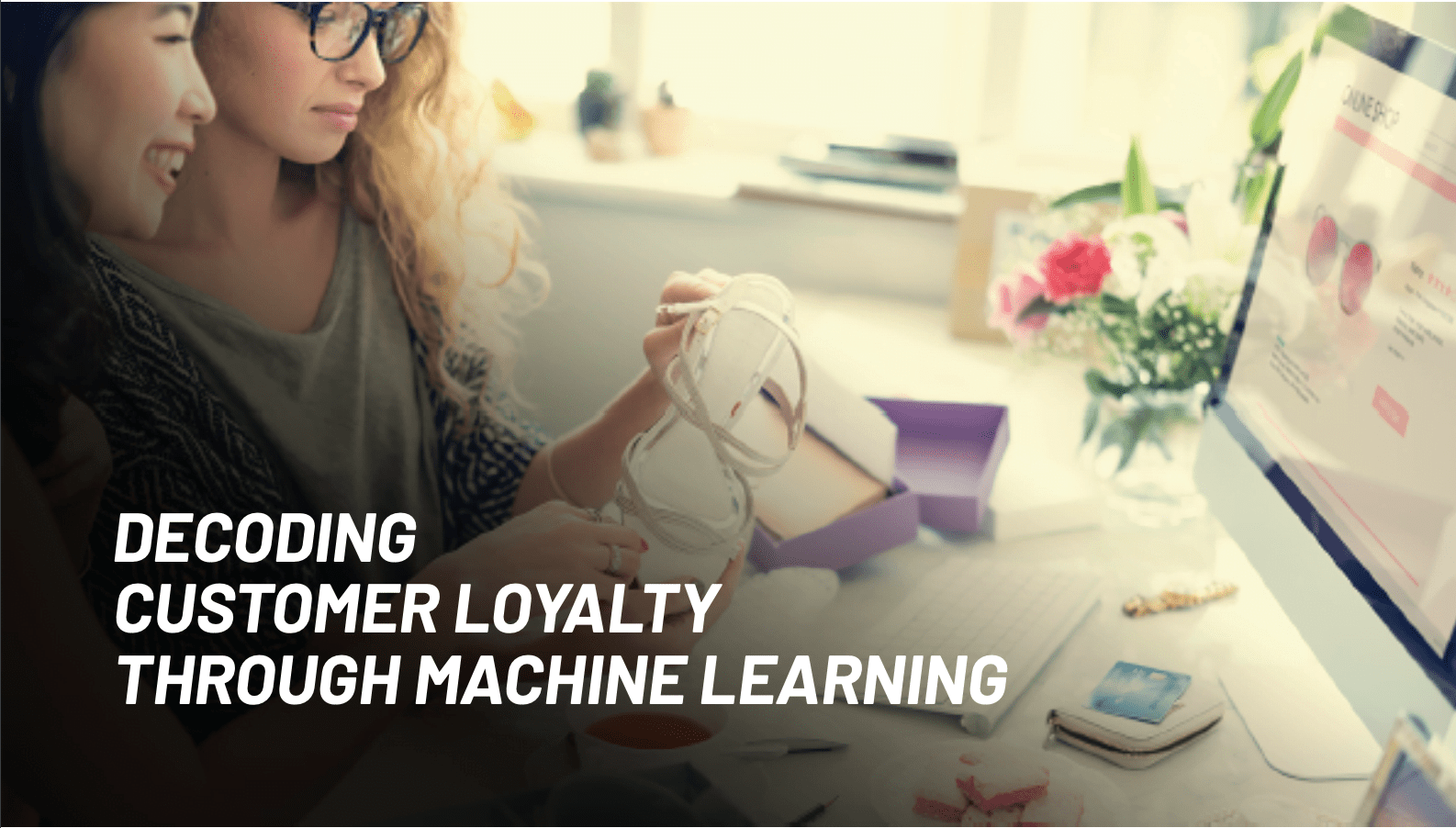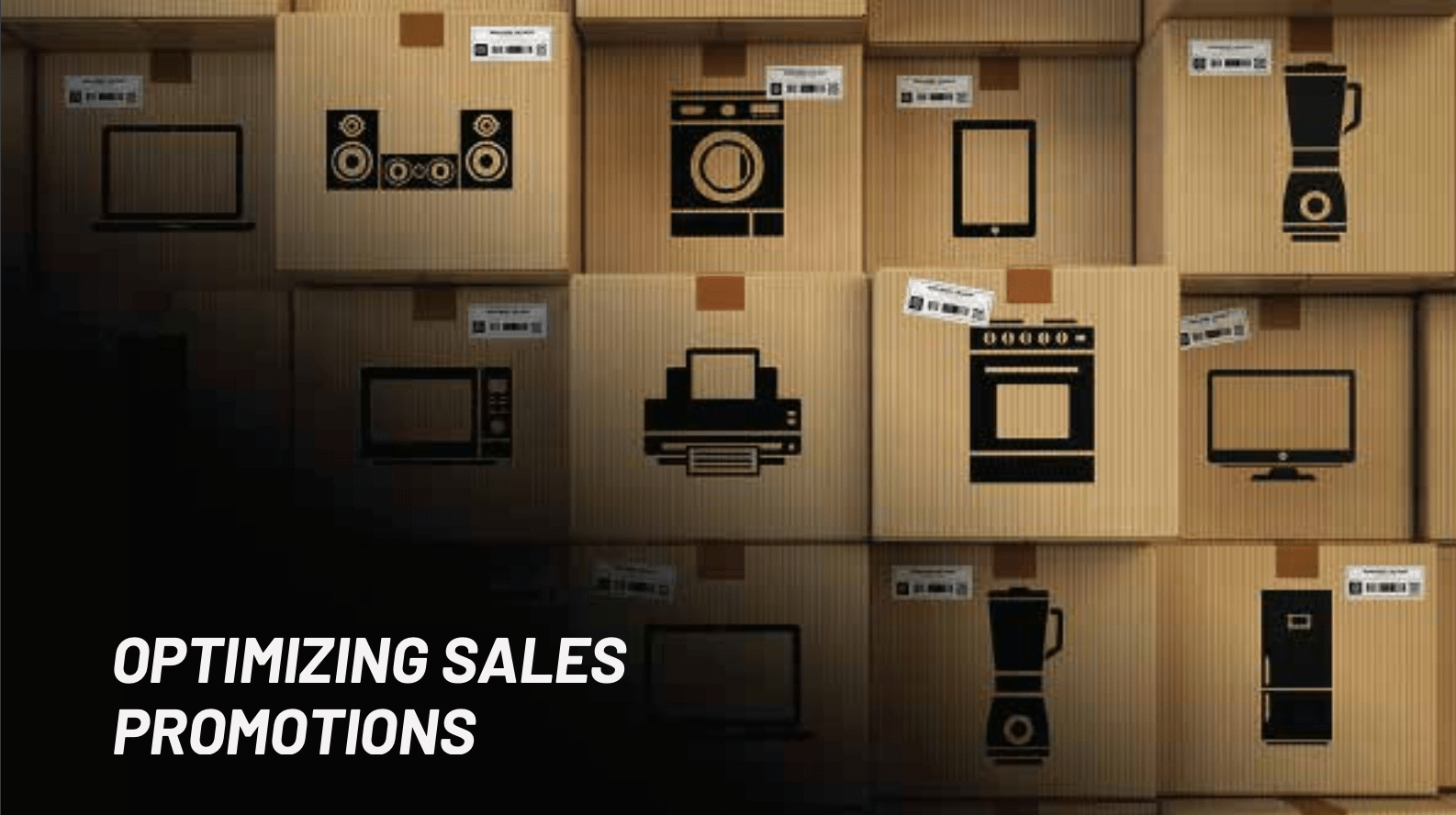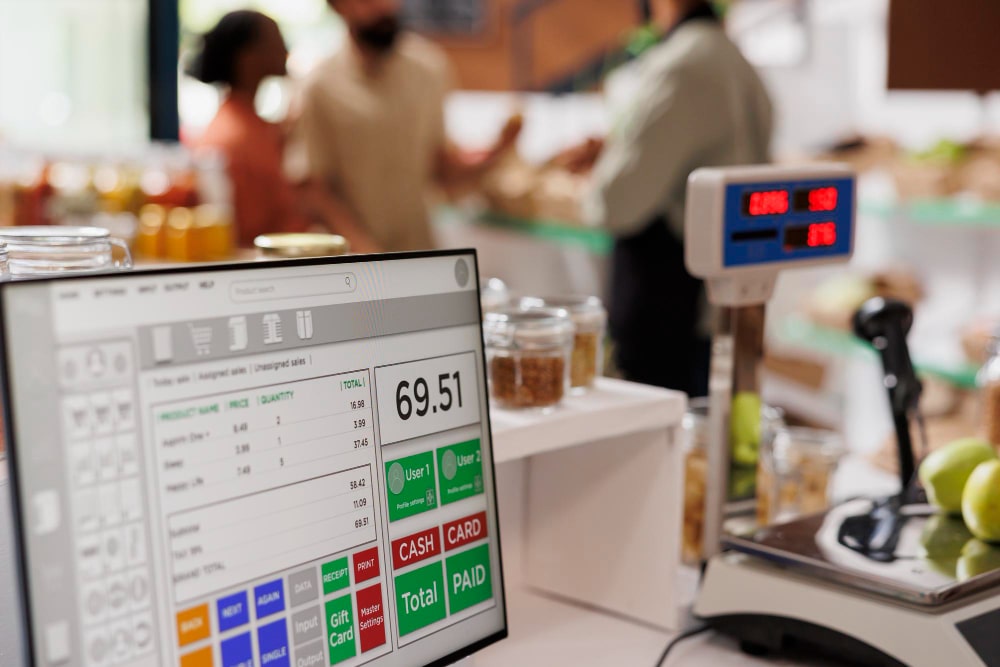May 23, 2025

The company runs a large online auction platform and shopping website that connects buyers and sellers in over 190 countries. Their website has millions of sellers with 1.9 billion global listings and over 132 million active buyers.
THE CHALLENGE
One of the primary metrics used to track the company’s performance was the Gross Merchandise Volume (GMV, which is the total value of all paid transactions inclusive of shipping fees and taxes). The company had an existing GMV forecasting approach, which predicted the weekly values for 14 major verticals across the top 3 countries, till the end of the year. This GMV forecast was refreshed at the start of each quarter. Key decision makers like Product Managers, Category Managers, Business Planners, Procurement Managers, Country Heads, Marketing Managers etc, relied on this forecasting model to compare the achieved GMV with the forecasted value, analyse how to bridge the gap, plan for new promotions etc.
This existing forecasting approach used moving averages and an index-based system to predict the weekly GMV for the year. It was built using Microsoft Excel. However, this forecasting process was time consuming, often requiring up to 2 weeks to complete in every quarter. Also, as the annual data volumes kept increasing year on year, it became increasingly harder to manage GMV forecasting using this approach.
The company needed an analytics partner to recommend and implement a Machine Learning (ML) model that would automatically forecast the weekly GMV with greater accuracy than the current Microsoft Excel based approach, thus eliminating the lengthy manual process for the build and refresh of each forecast.
THE SOLUTION
The Prescience, a Movate company team analysed the past 5 years of GMV data of the 14 verticals and 3 countries with which the ML model had to be created. They identified the different marketing promotions that had taken place during this period to separate the inorganic GMV from the organic GMV. The team filtered out the boosted, coupon driven sales, to prepare the data for further analysis. They removed the GMV data for the years 2020 and 2021, to eliminate the model flexibility which would be introduced by the Covid pandemic driven sales.
This final data set was used to evaluate different ML models including Extreme Gradient Boosting (XGBoost), Seasonal Autoregressive Integrated Moving Average with Exogenous Regressors (SARIMAX) and Vector Autoregressive Integrated Moving Average (VARIMA). The Prophet model was found to be best suited for forecasting on the baselined GMV data.
The team implemented a grid search mechanism to optimise the model’s hyperparameters and further finetune it. The model also incorporated major holidays and weekly seasonality to account for their impact on the sales and corresponding GMV. For each combination of category and country, the model with the best Mean Absolute Percentage Error (MAPE) was chosen to predict the GMV for the year. To analyse the performance of this Prophet model forecasting approach, the team compared the MAPE with the traditional Microsoft Excel based approach and found that the new ML model performed better.
With the new Prophet model, the time required to prepare the annual forecast and refresh it in each quarter, came down to 2 hours.
The different technologies used for this engagement included,
- SQL
- Python
- Microsoft Excel
THE IMPACT
With the new, more accurate GMV forecasts, the company’s users are able to plan their business strategies more effectively. On a weekly basis, they compare the actual GMV with the predicted GMV to identify the gaps in performance, and plan for corrective action accordingly. The overall time to prepare the annual GMV forecast and refresh it every quarter, reduced from 2 weeks to just 2 hours.













